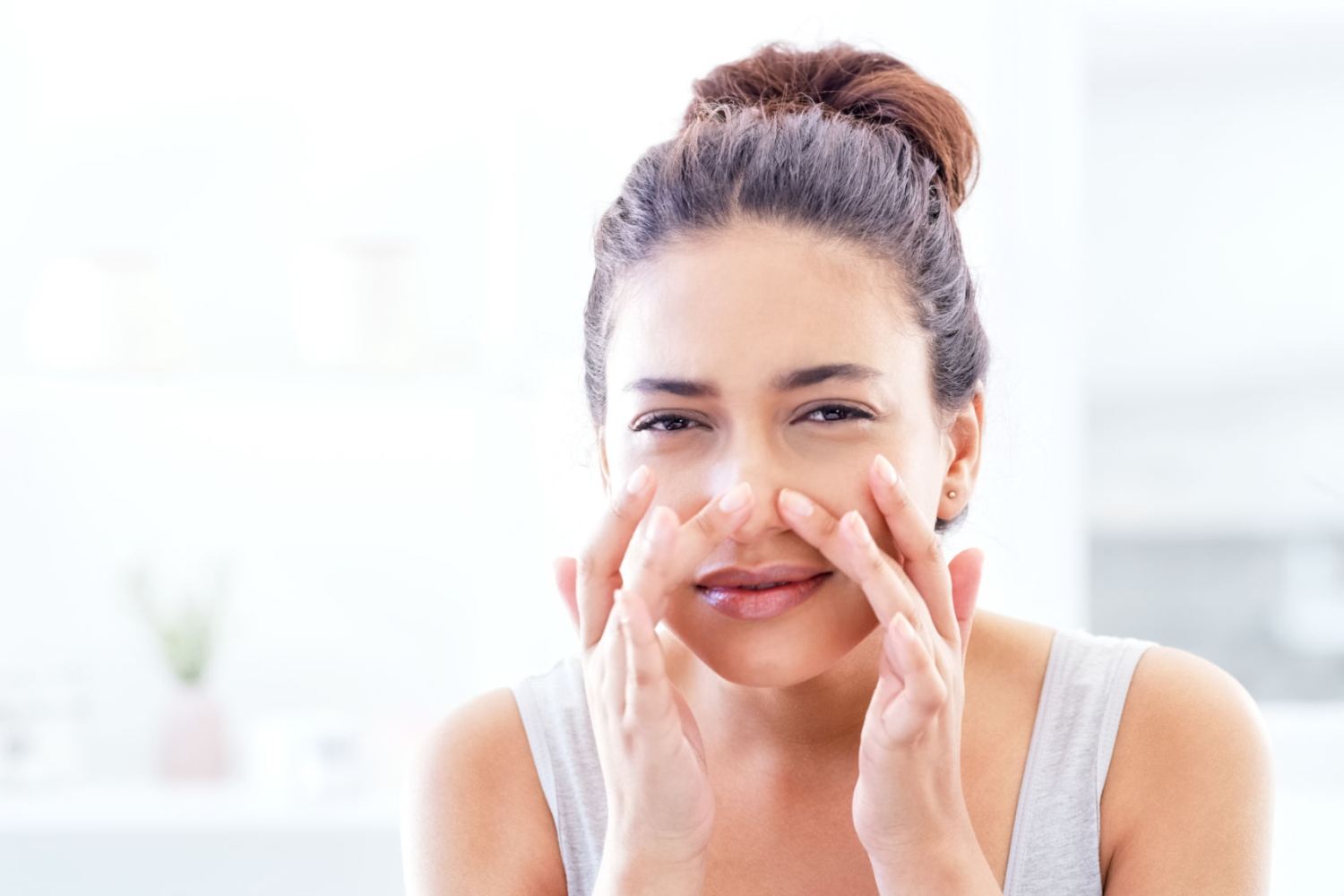Salicylic acid (SA) has become one of the most popular ingredients in skincare products, especially those that promise to help treat acne-prone skin. But does it really work? And what exactly does it do to make your skin look better? Is there any truth to the claim that SA can cure acne? Read on to find out!
Why Would Using Salicylic Acid Get Rid Of Acne?
As a matter of fact, salicylic acid is a very effective acne treatment. In fact, it’s commonly found in many over-the-counter acne treatments, including gels and masks. It can be used to treat comedonal acne—which is what we see on most people’s faces—and even helps with pustular or cystic forms of acne. Let’s take a look at why that is.
How does salicylic acid work?: This ingredient works by exfoliating your skin. When you use a product containing salicylic acid, you are removing dead skin cells from your face; as these cells slough off, they pull out dirt and oil trapped beneath them. Since your pores are open after using an exfoliant, they can drain more easily; when they do so, they get rid of all that dirt and oil too!
What Is Salicylic Acid, Anyway?
Because it works differently than benzoyl peroxide, salicylic acid is a chemical exfoliant that you apply to your skin. This helps to peel off dead cells, reducing sebum (oil) build-up around pores. Unlike benzoyl peroxide, which is highly effective at killing acne-causing bacteria and fighting pimples before they erupt, salicylic acid’s main function is as an exfoliant.
How Do You Apply Salicylic Acid To Your Skin?
The best way to apply salicylic acid is after you have cleansed your skin. You want to be sure that your skin is completely dry before you begin applying any product, including salicylic acid. Using a cotton ball or pad, gently wipe over your face with a small amount of toner or witch hazel (to ensure it’s dry). Once your skin is dry, mix a dime-sized amount of salicylic acid with 1 teaspoon of water. Apply evenly across your entire face using a clean cotton swab or pad. Do not rinse off; let dry for 10 minutes then wash off with warm water and mild soap. After rinsing, pat your skin dry and apply moisturizer as needed.
Avoid using salicylic acid on sensitive areas such as around the eyes, nostrils, mouth, etc., as these areas are more prone to irritation from topical products. If irritation occurs discontinue use immediately and consult a dermatologist if necessary.
Are There Any Side Effects From Using Products With Salicylic Acid In Them?
Aside from dry skin, there aren’t really any major side effects to using products with salicylic acid in them. Since it is a beta hydroxy acid, salicylic acid can be drying. If you suffer from overly dry skin, it might be wise to consult your dermatologist before starting a salicylic acid regimen. Depending on how sensitive your skin is, other side effects can include redness or rashes.
Conclusion
The truth is, that salicylic acid is an excellent acne treatment if it’s done right. It’s not some miracle drug that cures all cases of acne, but if you have mild or moderate acne (or even severe), using a good salicylic acid product can really help clear things up. And remember: acne doesn’t go away on its own—you have to be proactive about clearing your skin!























